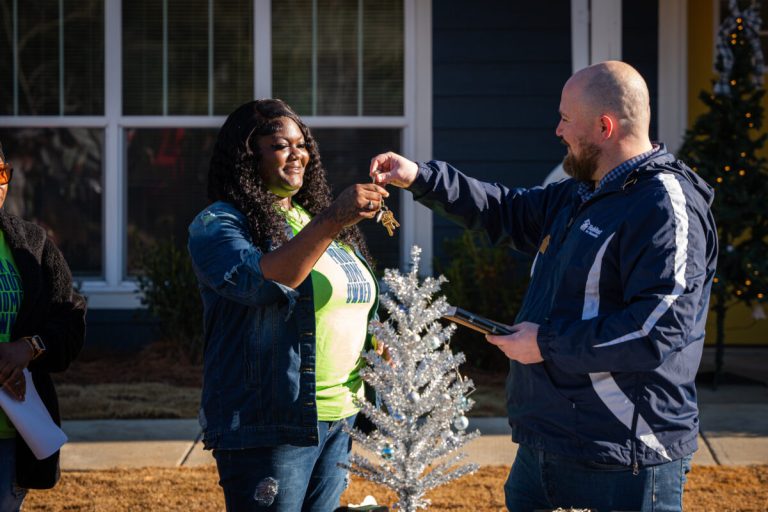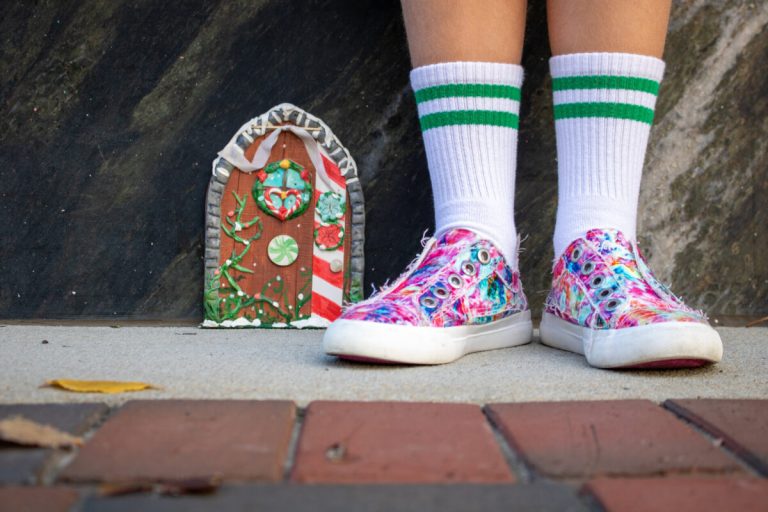5 stops on the Historic Red Ore Express + endless Birmingham history
Reading time: 6 minutes

Every street corner in Birmingham has hidden history. The Red Ore Express audio walking tour illuminates hundreds of these stories. Read on to learn about the project and our walk.
Why a walking tour?

The Red Ore Express Tour takes you through the history of Birmingham virtually. Using the TravelStorys app, Backstory Educational Media created an interactive map of Birmingham’s historical sites. Each marked location is accompanied by audio that explains its history. They narrate individual stories that created places like the Heaviest Corner on Earth, Avondale Park, Morris Avenue and more. Once you’re in range of one of the featured sites, the app automatically starts playing. All you have to do is walk around the city and listen.
Birmingham’s streets are influenced by our industrial past. Street names, buildings and city landmarks all originate from Birmingham’s industrialization during the late 1800s and early 1900s.
Through interactive audio, the Red Ore Express connects sites like Sloss Furnaces and Red Mountain to the rest of the city.
Here’s what we learned on the Red Ore Express tour.
Vulcan Park

We started our self-guided tour at Vulcan Park. As soon as I began playing the audio, I was impressed. The Red Ore Express uses NPR-style audio, blending narration, music and interviews seamlessly.
Graham Boettcher, the Director of the Birmingham Museum of Art, walked us through Vulcan’s story on the app. The statue was originally thought up by Birmingham businessmen for the 1903 World’s Fair, who fundraised enough money to hire sculptor Giuseppe Moretti. The building process was grueling for Birmingham laborers.
“Foundrymen worked around-the-clock shifts to make the deadline. Fred Beutticker recalled working sixty hours a week for thirty-five cents an hour, staying on the project for six weeks without going home during the most demanding part of the project.”
Phil Ratliff, writer at Backstory Media. Narrated by Will Dahlberg.
That’s what I love about the Red Ore Express: it highlights the often unglamorous stories of Birmingham in the industrial age. The people who created our city’s landmarks lived in grueling conditions.
Five Points

Five Points was my favorite stop on the Red Ore Express tour. Somehow, I could imagine Five Points as a peaceful neighborhood while listening to Red Ore Express’ descriptive audio.
Five Points South began as an escape from the smoke and noise of downtown Birmingham. It was such an appealing idea — moving to wooded highlands overlooking the city.
Phil Ratliff, writer at Backstory Media. Narrated by Javacia Harris Bowser.
Today, Five Points is hardly an escape. Even so, it was easy to see remnants of its history once they were pointed out to me. Five Points’ past lives on largely through its architecture. The art deco era can be seen on the Original Pancake House’s concrete facade. Similarly, the Spanish Colonial style is everywhere on Highlands United Methodist Church.
Five Points also has an impressive history in the arts. The Studio Arts building, constructed in 1910, was a hub for painters, musicians and dancers. The building and its tenants gave Five Points its nickname, “Birmingham’s Greenwich Village.”
UAB Central Campus

UAB’s story begins with the Great Depression. It was originally constructed as a satellite campus for the struggling University of Alabama in an effort to attract more students. Today, UAB is far from a satellite campus. Instead, it’s critical to Birmingham’s sustained growth.
UAB’s transformation wasn’t without controversy. Many UA graduates in Birmingham were opposed to creating a competing university. Even so, a few connected and concerned citizens were able to change Birmingham for the better.
After World War II, these citizens won federal funding for a medical school at UAB. This early activism was instrumental in making Birmingham the medical hub it is today.
UAB was also a progressive university in the postwar era.
“Though reluctantly, Birmingham was becoming an integrated city. This means that a new market was opening up — first generation African Americans students — to a school less burdened by memories of George Wallace’s infamous stand at the schoolhouse door in Tuscaloosa.”
Phil Ratliff, writer at Backstory Media. Narrated by Javacia Harris Bowser.
Today, UAB is a tier one research institution with over 20,000 students. A few Birminghamians grew the city for the better.
The Heaviest Corner on Earth

Birmingham’s heaviest corner on earth holds serious weight in the city’s history.
“These buildings, all the skyscrapers, but particularly the Heaviest Corner buildings, tell the story about Birmingham emerging as an urban center. Not just a wannabe, but actually arriving.”
Alice Bowsher, architectural historian
Between 1902 and 1912, all four of the buildings on the heaviest corner went up. Talk about an industrial boom!
Two of the buildings on the heaviest corner were constructed by the Woodward family. Apparently, William Woodward built the Woodward building so he could point at a skyscraper and say “I own that!”
Morris Avenue

Last but not least, we stopped by Morris Avenue to round out our tour. Have you ever noticed that Morris Avenue is the only street downtown without a number in its name? Like many things in Birmingham, it all ties back to the railroads.
Birmingham is designed around the railroad rather than a waterway. L&N Railroad engineers laid out Birmingham in a grid pattern that emanates from the train tracks. To the north of the railroad are the numbered avenues like First Avenue, Second Avenue and so on. To the south, there were originally alphabetically labeled avenues.
Morris and Powell Avenue are different.
“Because they’re so close to railroad depots and services, these avenues anchor Birmingham’s first commercial and warehouse district. Morris Avenue, named for Josiah Morris, a banker and one of the initial shareholders in the Elyton Land Company, has retained its cobblestone streets and some of its Victorian–era architecture.”
Phil Ratliff, writer at Backstory Media. Narrated by Will Dahlberg.
I barely skimmed the surface of all I learned on the Historic Red Ore Express. It’s an incredible way to learn more about the city of Birmingham. The tour is best taken by foot or bike, but it can also be played from the comfort of your own home. Download the tour, get out and learn today!
Have you done the Red Ore Express tour? Tag @bhamnow and share what you learned!



